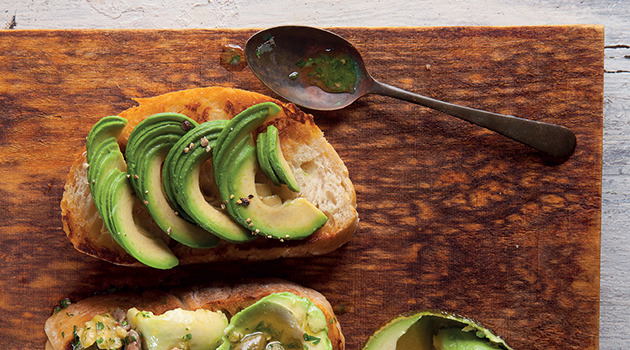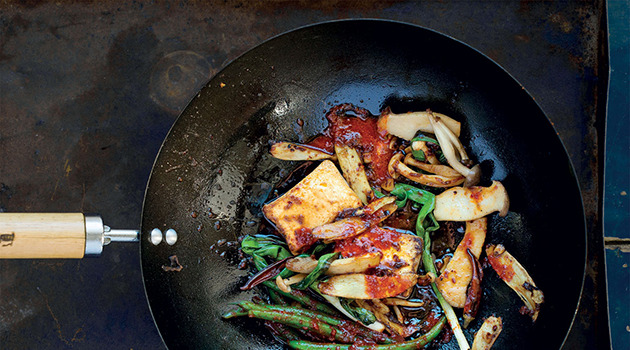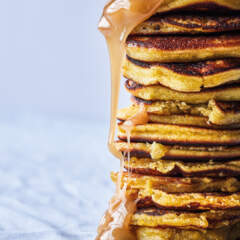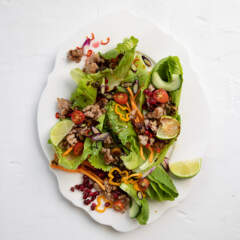Do you find yourself staring at the myriad cooking oils on the shelves and wondering which one you should use? Are you confused about good fats, bad fats and the significance of smoking points? You’ve come to the right place.
OLIVE OIL
It’s the pantry staple we know and love. Expensive cold-pressed extra virgin olive oils are produced from the first pressings of olive flesh and are more sensitive to heat, which means they’ll lose their flavour when heated. It’s best to keep this kind of olive oil strictly for eating raw, in salads, for example. It has quite a low smoking point (the temperature at which it starts to break down, lose flavour and its beneficial qualities), so don’t waste it on frying. You can, however, use ordinary olive oil for cooking, but keep it at a medium heat otherwise it’ll burn and lose its flavour.
Discover more ways to use olive oil here.
CANOLA AND SUNFLOWER OIL
These seed oils have received some negative press in the past due to reports of them becoming carcinogenic at certain temperatures, but they are perfectly good for frying at high temperatures and for baking. Canola oil is said to be lower in saturated fat than sunflower oil, but both should be used in moderation.
Discover more ways to use canola oil here.
AVOCADO OIL
Avocado oil is considered a heart-healthy oil because it’s rich in oleic acid and is a monounsaturated fat that may have a good effect on cholesterol levels. It is said to have the highest smoking point of all the plant-based oils and is very versatile. Use it for frying and grilling. It’s also great in salad dressings, or drizzled over bread. Keep it in the fridge once opened to retain its flavour.
Discover more ways to use avocado oil here.
COCONUT OIL
This is the go-to oil of the carb-conscious and Paleo communities due to reports about it possibly having a positive effect on cholesterol and sugar levels. Coconut oil can be used for both baking and cooking. It’s normal for coconut oil to be solid at room temperature on colder days and liquid when it’s warmer. Coconut oil has a high smoking point, which makes it suitable for just about any use, but it performs particularly well when used for frying. A little goes a long way, so use it sparingly. It’s best to store it at room temperature.
Discover more ways to use coconut oil here.
PEANUT OIL
Peanut oil has been used in Asian cuisine for centuries. Refined peanut oil has a high smoking point, contains good fats and is also suitable for deep-frying. Its flavour is slightly more subtle and that of the cold-pressed variety. If you’re looking for an extra nutty flavour go for cold-pressed peanut oil, use it as a finishing oil or add to salad dressings.











Comments